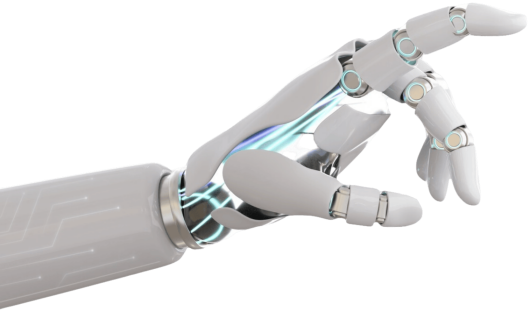
As an important engineering tool, underwater robots are widely used in marine science and resource exploration. This paper proposes a BP neural network for the control of underwater robots, which could perform the initialization and online adjustment of control parameters for underwater robots based on a large amount of data related to speed control and heading control. A layout pattern featuring eight thrusters was designed and analysed in order to achieve a six-degree-of-freedom control system for underwater robots, including forward and backward translation, left and right translation and steering functions. In this context, the four vertically positioned thrusters used suction cups to offset the torque caused by the rotation of the internal spiral blades. The obtained experimental results confirmed that the S-surface controller of the BP neural network exhibited an excellent performance as regards the motion control of intelligent underwater robots. It had the capacity to autonomously initialize control parameters and adjust them online, while demonstrating a very high anti-interference ability. At a steady-state speed of 1000 rad·s-1, the obtained signal was mainly composed of sinusoidal components, with a frequency distribution around 5, 25, 50, and 100 Hz. When a fault occurred, a negative sequence component appeared in the analysed signal, with a frequency distribution around 10, 30, 50, and 75 Hz, and its amplitude increased significantly.
Underwater robots, BP neural network, Anti-disturbance performance, Sports mode, Intelligent control.
Miaoqing CHEN, "Control of Underwater Robots Based on a BP Neural Network", Studies in Informatics and Control, ISSN 1220-1766, vol. 33(1), pp. 15-26, 2024. https://doi.org/10.24846/v33i1y202402